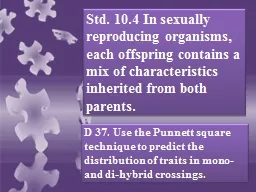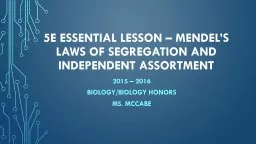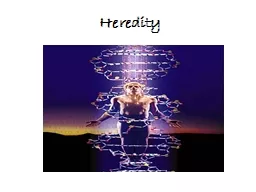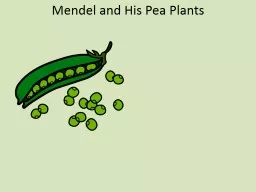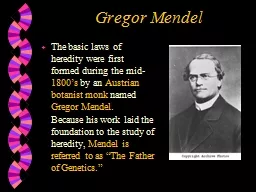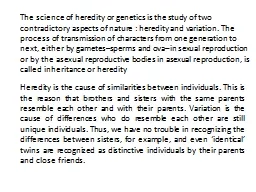PPT-Mendel’s Laws of Heredity
Author : liane-varnes | Published Date : 2016-06-28
Chapter 10 Section 1 Mendels Experiment In the mid 19 th century a monk named Mendel studied how traits are passed from one generation to another Experimented on
Presentation Embed Code
Download Presentation
Download Presentation The PPT/PDF document "Mendel’s Laws of Heredity" is the property of its rightful owner. Permission is granted to download and print the materials on this website for personal, non-commercial use only, and to display it on your personal computer provided you do not modify the materials and that you retain all copyright notices contained in the materials. By downloading content from our website, you accept the terms of this agreement.
Mendel’s Laws of Heredity: Transcript
Download Rules Of Document
"Mendel’s Laws of Heredity"The content belongs to its owner. You may download and print it for personal use, without modification, and keep all copyright notices. By downloading, you agree to these terms.
Related Documents


